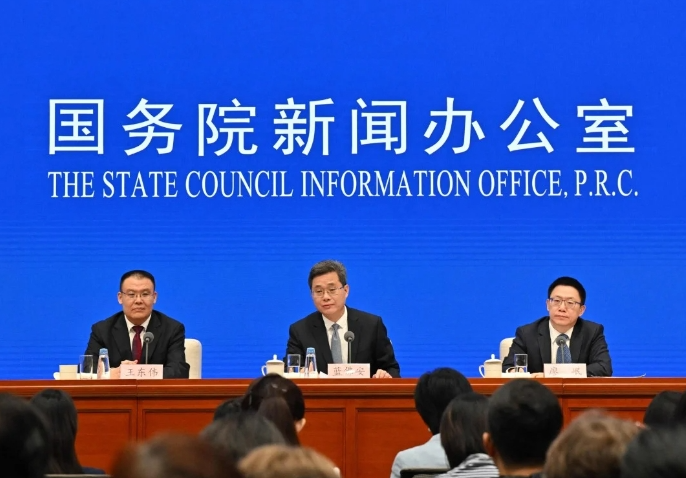Amid growing global uncertainties and ongoing domestic challenges, China is moving forward with strategic adjustments to its financial and fiscal systems, shifting focus from short-term stimulus to long-term economic sustainability. While the market continues to speculate on the size of potential economic stimuli, Chinese policymakers are quietly reshuffling their approach, aiming to curb risks and ensure a stable financial future.
Analysts argue that Beijing has more than enough resources to address emerging economic difficulties, even if no formal stimulus package has been announced yet. Instead, China seems to be focusing on targeted measures to support key sectors, including technology innovation and grassroots government operations, while managing public debt.
A Strategic Reserve: China’s Fiscal Firepower
Prominent economists like former central bank advisor Liu Shijin have advocated for stimulus packages as high as 10 trillion yuan ($1.4 trillion USD) to revitalize the economy. Despite this, official fiscal figures remain under wraps, with speculation that Beijing’s reserves are sufficient for an even larger fiscal push.
This fiscal capacity comes despite pressures from the pandemic, which deeply affected local finances, particularly in cities and counties where land sales—a major source of revenue—plummeted. Economists, such as Liu Lei from the National Institution for Finance and Development, have suggested that China’s government still holds significant net assets relative to GDP, positioning it well to support new stimulus efforts. These figures suggest that Beijing has more room to maneuver than many believe.
Timing and Strategy
Unlike recent monetary policy adjustments by the People’s Bank of China, any fiscal stimulus must go through legal channels, including approval by the National People’s Congress (NPC). It’s expected that more details of any fiscal plan will emerge later in 2024, possibly after the NPC Standing Committee reviews proposals.
By withholding specific numbers, Beijing has kept market expectations alive, avoiding disappointment that might come from a smaller-than-anticipated package. Some experts argue that this vagueness could work to China’s advantage, allowing room for flexibility while maintaining investor optimism. Zhang Jun, dean of Fudan University’s School of Economics, said keeping the plan open-ended provides more hope than a set figure might.
A Changing Economic Landscape
China’s infrastructure development has matured considerably compared to 15 years ago. The country now boasts the world’s largest high-speed rail network and significant expressways connecting major regions. However, the focus is shifting from traditional infrastructure projects to boosting the “new economy” through investments in technology infrastructure like 5G networks and data centers.
Still, challenges remain. Local governments are struggling with mounting debt, particularly amid the ongoing property market slump. To address this, the finance ministry introduced a large-scale debt ceiling increase for local governments to swap their hidden debts. This move is designed to alleviate fiscal pressure and restore stability to local economies.
Fiscal Reforms for the Future
Further financial reforms are expected to accompany any stimulus package. China’s finance ministry has announced a roadmap for deeper fiscal and tax reforms, akin to the sweeping changes enacted in 1994. Government advisers like Liu Yuanchun from the Shanghai University of Finance and Economics highlight the importance of these reforms, noting that the current situation marks a critical moment for the country’s fiscal evolution.
China’s central government has also aligned its efforts with the central bank, as the People’s Bank of China purchased 300 billion yuan worth of treasury bonds in August. This cooperative approach ensures the stability and sustainability of any upcoming stimulus.
External Pressures and Future Outlook
China’s decision-making is being shaped not only by internal economic concerns but also by the global economic environment. As the U.S. Federal Reserve recently began an easing cycle, this opened up space for China to adjust its own monetary policies without putting too much pressure on the yuan. However, with the upcoming U.S. presidential elections and ongoing uncertainties in global trade, China is leaving room in its fiscal and monetary policies to adapt to changing international conditions.
In the face of these external challenges, Beijing appears committed to long-term reforms rather than short-term fixes, positioning the country for sustainable growth and financial stability in the years to come.

